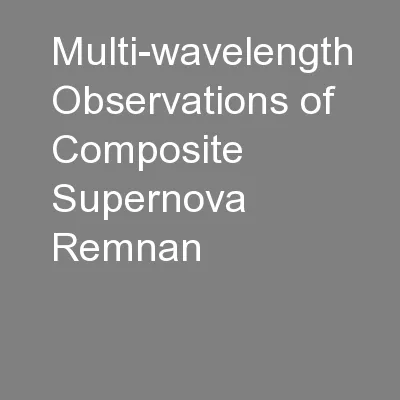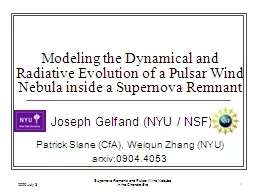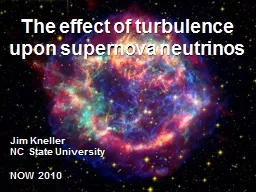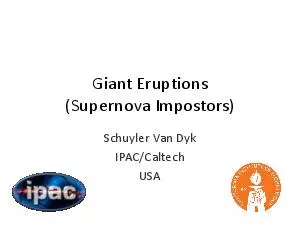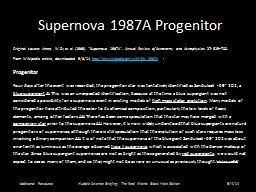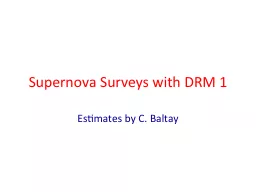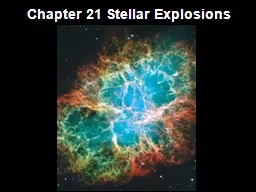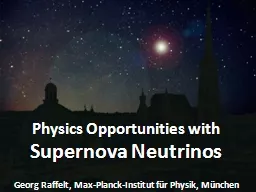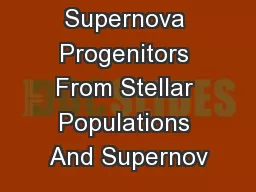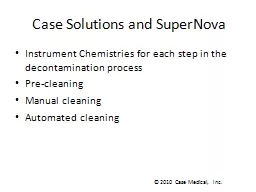PPT-Multi-wavelength Observations of Composite Supernova Remnan
Author : pasty-toler | Published Date : 2016-07-23
Tea Temim NASA GSFCORAU Collaborators Patrick Slane CfA Eli Dwek GSFC George Sonneborn GSFC Richard Arendt GSFC Yosi Gelfand NYU Abu Dhabi Paul Plucinsky CfA
Presentation Embed Code
Download Presentation
Download Presentation The PPT/PDF document "Multi-wavelength Observations of Composi..." is the property of its rightful owner. Permission is granted to download and print the materials on this website for personal, non-commercial use only, and to display it on your personal computer provided you do not modify the materials and that you retain all copyright notices contained in the materials. By downloading content from our website, you accept the terms of this agreement.
Multi-wavelength Observations of Composite Supernova Remnan: Transcript
Download Rules Of Document
"Multi-wavelength Observations of Composite Supernova Remnan"The content belongs to its owner. You may download and print it for personal use, without modification, and keep all copyright notices. By downloading, you agree to these terms.
Related Documents

